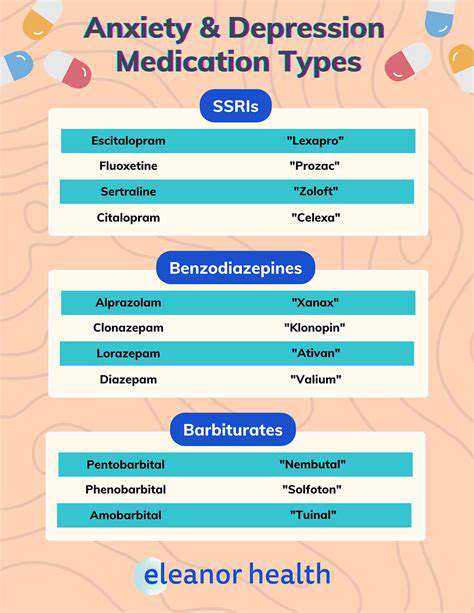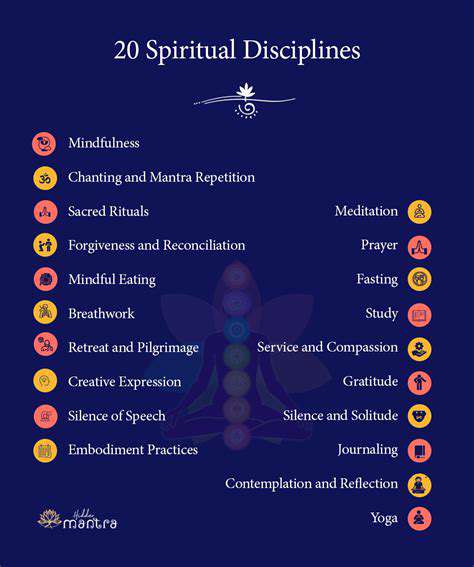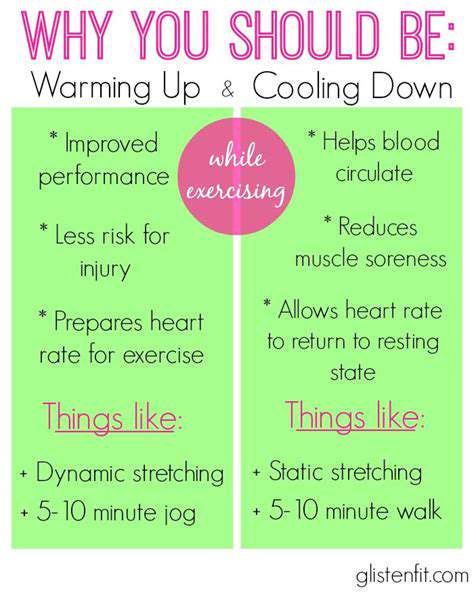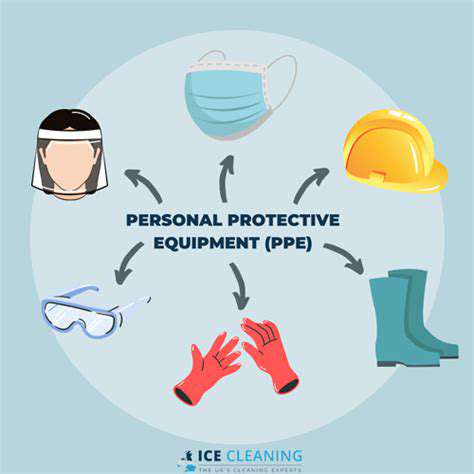Strategies for Effective Wrist Pain Management
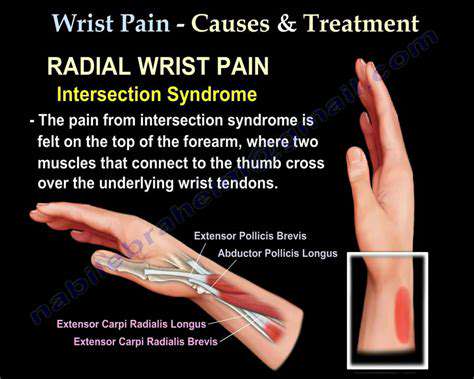
Conservative Management Techniques
Rest and Immobilization
One of the most effective ways to manage wrist pain conservatively is through proper rest. Giving your wrist a break from activities that cause discomfort is absolutely essential for healing. This means avoiding tasks that involve gripping, lifting, or repetitive motions which can aggravate the injury. Many healthcare professionals recommend using splints or braces to immobilize the wrist, as this helps reduce inflammation and speeds up recovery. Always consult with a medical expert to determine the best immobilization method for your specific condition.
It's crucial to pay attention to your body's signals. What might seem like minor movements could actually delay healing if the wrist isn't properly rested. Immobilization serves an important purpose by limiting motion that could otherwise irritate the injured area and slow down the recovery process.
Ice and Heat Therapy
Cold therapy can be particularly helpful during the initial stages of wrist pain. Applying ice packs for 15-20 minutes several times a day helps control swelling and discomfort. As the injury progresses, heat therapy becomes more beneficial for relaxing stiff muscles and improving circulation. Always check with your doctor before starting any thermal therapy regimen, as improper use could potentially make symptoms worse. Some people find alternating between ice and heat provides the best results.
Over-the-Counter Pain Relievers
Common medications like ibuprofen or naproxen can offer temporary relief from wrist pain and inflammation. While these can be helpful, they should never replace professional medical advice. It's extremely important to follow dosage instructions carefully to avoid potential side effects. These medications work by reducing pain signals and inflammation, which can make daily activities more manageable during recovery.
Physical Therapy
Working with a physical therapist can make a significant difference in wrist recovery. These specialists create customized exercise programs that focus on restoring flexibility, strength, and full range of motion. The combination of targeted exercises and hands-on techniques often yields the best results for long-term recovery. Patients should communicate openly with their therapist about any discomfort experienced during sessions to ensure the program remains effective and safe.
Ergonomic Modifications
Making simple changes to your workspace or daily habits can dramatically reduce wrist strain. This might include using ergonomic keyboards, adjusting chair heights, or taking frequent breaks during repetitive tasks. Proper posture and movement patterns are often overlooked but play a major role in preventing chronic wrist issues. Occupational therapists can provide valuable insights into creating a wrist-friendly environment.
Nutritional Support
What you eat can significantly impact your body's healing process. A diet rich in anti-inflammatory foods, lean proteins, and essential vitamins supports tissue repair. Nutrients like vitamin C and omega-3 fatty acids are particularly important for collagen production and reducing inflammation. Consulting with a nutritionist can help create an eating plan tailored to your specific recovery needs.
Lifestyle Modifications
Holistic approaches to wrist pain management often yield the best long-term results. Stress-reduction techniques like meditation can help minimize tension that might contribute to wrist discomfort. Quality sleep and maintaining a healthy weight take pressure off joints and support the body's natural healing processes. Quitting smoking is another important change, as it improves circulation and oxygen delivery to injured tissues.
Physical Therapy and Occupational Therapy Interventions
Physical Therapy Interventions for Wrinkle Reduction
Specialized physical therapy techniques can address facial aging concerns through targeted muscle exercises. These carefully designed movements improve circulation and promote elasticity in facial tissues. Regular practice of these exercises under professional guidance can lead to noticeable improvements in skin texture and tone. Beyond direct effects on wrinkles, these therapies often enhance overall facial symmetry and expression.
Therapists typically focus on areas prone to wrinkling, developing customized routines for forehead, eye, and mouth regions. Consistent practice stimulates collagen production, which naturally fills out fine lines. Many patients find that combining these exercises with professional massage techniques provides optimal results for facial rejuvenation.
Occupational Therapy Interventions for Wrinkle Reduction
Occupational therapists take a different approach by examining daily habits that contribute to premature aging. They help clients identify and modify repetitive facial expressions or postures that may accelerate wrinkle formation. Simple awareness techniques can make a significant difference in reducing unnecessary facial tension throughout the day. These specialists also provide valuable strategies for managing stress, which often manifests in facial muscles.
Through careful observation of routines and environments, occupational therapists suggest practical adjustments. This might involve changing computer monitor height to prevent squinting or developing relaxation techniques for tense jaw muscles. The goal is to create sustainable habits that support facial health long-term.
Combining Physical and Occupational Therapy for Optimal Results
The most comprehensive approach to facial rejuvenation combines both therapeutic disciplines. While physical therapy works directly on muscle tone and circulation, occupational therapy addresses the behavioral components of aging. This dual approach ensures both immediate improvements and lasting changes to facial appearance and health.
Importance of Professional Guidance
Attempting facial therapies without proper training can lead to ineffective or even harmful results. Qualified therapists understand facial anatomy and can tailor programs to individual needs while monitoring progress. They also know when to modify techniques based on client response, ensuring safety and effectiveness throughout the treatment process.
Lifestyle Factors Influencing Wrinkle Formation
Therapeutic interventions work best when combined with healthy lifestyle choices. Factors like UV protection, hydration, and quality sleep significantly impact skin health. Occupational therapists can help clients implement practical sun protection strategies into daily routines. Physical therapists might recommend facial massage techniques that complement good skincare habits for comprehensive anti-aging benefits.
When to Seek Professional Medical Attention

When to Suspect a Serious Medical Issue
Certain symptoms should never be ignored, including persistent or worsening pain, breathing difficulties, or sudden neurological changes. These warning signs often indicate conditions requiring immediate medical evaluation. Waiting to seek help with such symptoms could allow potentially serious conditions to progress. Neurological symptoms like sudden weakness or coordination problems particularly warrant urgent attention.
Visual disturbances or speech difficulties that appear suddenly should also prompt immediate medical consultation. These could signal vascular events where timely intervention makes a critical difference in outcomes.
Uncontrolled Pain or Discomfort
Pain that persists despite home treatment or interferes with daily function deserves professional assessment. Chronic pain often indicates underlying issues that won't resolve without proper treatment. When pain radiates or causes unusual sensations, it may suggest nerve involvement requiring specialized care. Fever accompanying pain could signal infection needing prompt attention.
Sudden or Unexpected Changes in Health
Unexplained shifts in weight, energy levels, or bodily functions often reflect systemic changes. Persistent changes in bowel habits or appetite may indicate digestive or metabolic conditions needing evaluation. Early detection through medical consultation can prevent complications and guide appropriate management strategies.
Recurring or Unusual Infections
Frequent illnesses or infections that resist standard treatment suggest possible immune system concerns. Recurrent infections warrant thorough medical investigation to identify potential underlying causes. Proper diagnosis can lead to targeted treatments that break the cycle of repeated illness.
Persistent or Worsening Symptoms Following an Injury
Injuries that don't follow expected healing patterns require reevaluation. Increasing pain, swelling, or functional limitations after injury may indicate complications needing intervention. Timely follow-up can prevent chronic issues from developing and ensure proper recovery.
Mental Health Concerns
Persistent mood changes or emotional distress significantly impact quality of life. Mental health professionals can provide evidence-based strategies that make meaningful differences in daily functioning. Early intervention often leads to better outcomes with mental health challenges.
Difficulty Breathing or Swallowing
Respiratory or swallowing difficulties can indicate serious conditions. Immediate evaluation is crucial when these basic functions become compromised. These symptoms may reflect conditions ranging from allergic reactions to neurological disorders, all requiring prompt medical attention.
